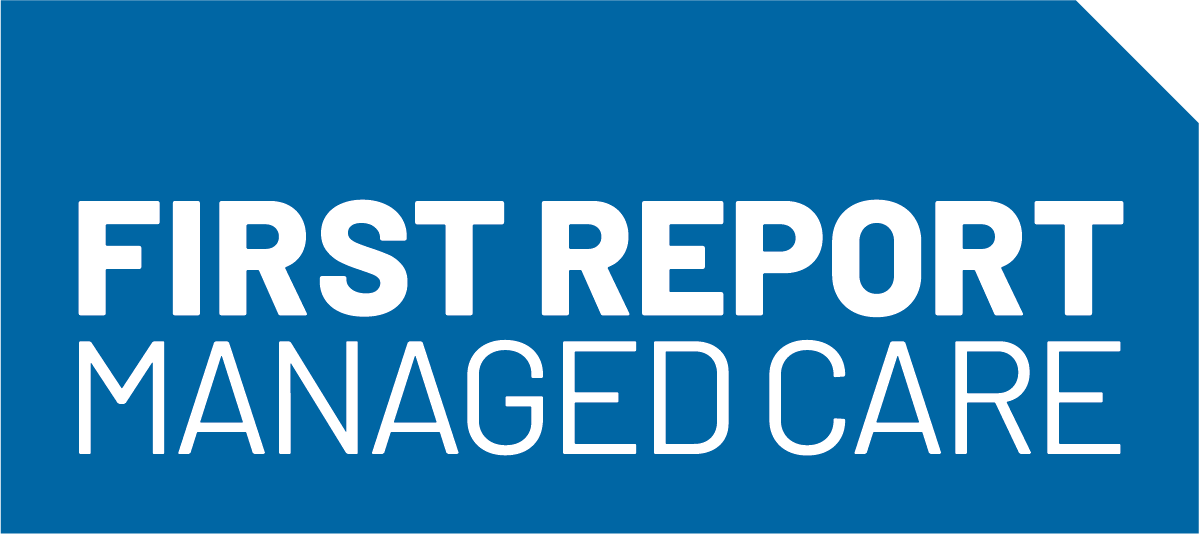The Bitter Pill, Now in Motion: Pharma Tariffs Move from Rhetoric to Reality
Last week, I flagged the growing risk that tariffs could upend affordability in the generics market. This week, the Trump administration made it official: it’s launching national security investigations under Section 232 of the Trade Expansion Act—this time, targeting not only semiconductors but pharmaceuticals.
Yes, pharmaceuticals.
This is not just political posturing. These investigations, announced on April 14, have already begun as of April 1 and could set the stage for new tariffs on both active pharmaceutical ingredients (APIs) and finished drugs—along with the equipment used to manufacture them.
Let’s be clear: this is a major development for the pharmaceutical supply chain. The scope is broad. We're not just talking about imports of generic tablets from India or China—we're talking about machinery, precursors, even anything with a chip in it. And while this is being framed through the lens of national security, the practical consequence could be higher drug prices for patients in the name of industrial policy.
What This Could Mean for Generic Drugs
Last week, I outlined why generics are especially vulnerable—and that analysis now feels all the more urgent:
- Supply Chain Shocks Are Now on the Table: Tariffs could force manufacturers to completely rethink sourcing strategies, logistics, and pricing. What was once theoretical is now being actively investigated.
- Expect Upward Pressure on Prices: Generic drug makers operate on tight margins. If tariffs hit APIs or finished products, those costs are going to move downstream—to payers, providers, and ultimately patients.
- Domestic Production Still Lags: The administration may want more “Made in America” pills, but we don’t yet have the infrastructure or workforce to backfill global capacity. That’s not a political opinion—it’s a market reality.
What I’ll Be Watching
Section 232 investigations typically stretch out over several months, but the window for industry engagement is open now. If you’re in pharma, distribution, or reimbursement—you need to be planning for what a tariff scenario could look like.
I’ll be keeping tabs on:
- Whether pharmaceutical ingredients get swept into the final tariff list;
- If there’s an exemption process for critical medications (and how broad or narrow it is); and,
- Which manufacturers announce production shifts, investments, or—more likely—price hikes.
This isn’t just a policy shift—it’s a signal. The administration is serious about reshoring drug production, even if it means volatility in the short term. For pharma, the time to contingency-plan isn’t next quarter—it’s now.
Join me every Wednesday as I highlight key court decisions, review notable health policies, and analyze what’s behind the bill in health care.
Reference
Department of Commerce. Notice of request of public comments on section 232 national security investigation of imports of pharmaceuticals and pharmaceutical ingredients. Filed April 14, 2025. Docket No 250414-0065. https://public-inspection.federalregister.gov/2025-06587.pdf











